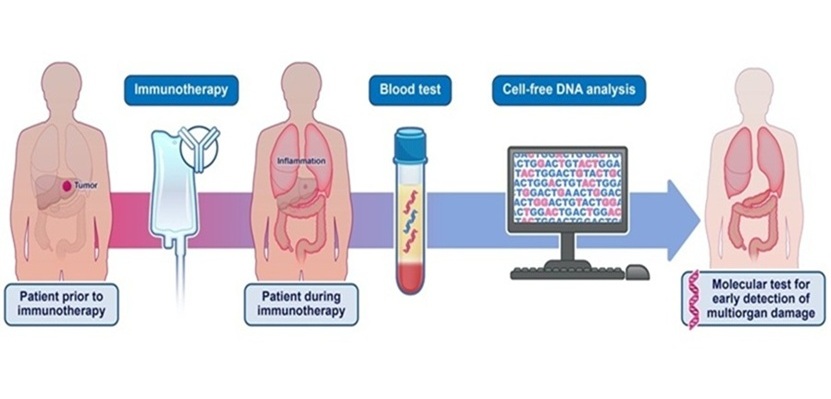Sulfenic Acid Test May Enhance Early Detection of Breast Cancer
By LabMedica International staff writers
Posted on 22 Sep 2009
A recent report described the development of an immunochemical test for sulfenic acid, an early indicator of oxidative stress, and a possible marker for the first stages of breast cancer.Posted on 22 Sep 2009
Sulfenic acid is produced when hydrogen peroxide reacts with the amino acid cysteine. Proteins that have been modified by the addition of sulfenic acid are immunochemically distinct from the original. Applying this knowledge, investigators at the University of Michigan (Ann Arbor, USA) raised specific antibodies against sulfenic acid-modified proteins. The level of such proteins is an indicator of oxidative stress, a component of the "redox profile" that metabolically distinguishes normal and cancer cells.
The antibodies were labeled with a fluorescent tag that permitted detection of antibody binding by observation under a fluorescence microscope. Results obtained by using this system to determine the level of sulfenic acid modification of proteins in breast cancer cell lines were published in the September 10, 2009, online edition of the journal Proceedings of the [U.S.] National Academy of Sciences (PNAS). The results showed that the technique could be used to monitor differences in thiol redox status and revealed a diverse pattern of sulfenic acid modifications across different subtypes of breast tumors.
"For each line, we saw a very distinct pattern of sulfenic acid modifications," said senior author Dr. Kate S. Carroll, assistant professor of chemistry at the University of Michigan. "Whether the patterns we see will correlate with response to antioxidant treatment or other therapies that modulate oxidative stress level remains to be seen, but now we at least have a way to investigate that question.
Some of the modified proteins may not play any role, but I am sure it will turn out that many of them do. Once we find out which proteins are involved, we can target them directly rather than using global treatments like antioxidants. Being able to monitor a marker of oxidative stress that is associated with the activation of tumor cell growth pathways, particularly at an early stage, and then tailor treatments accordingly would allow for more targeted studies and might improve the odds of success with antioxidants and prooxidants," said Dr. Carroll.
Related Links:
University of Michigan














